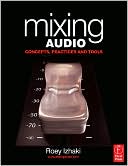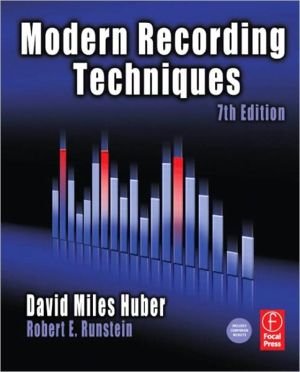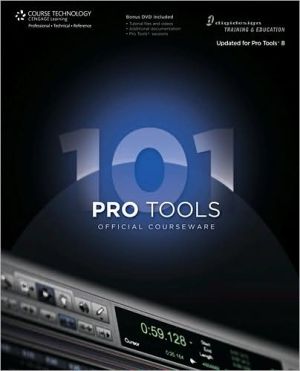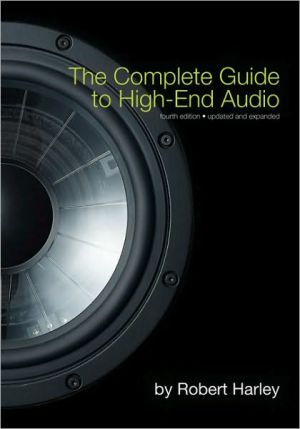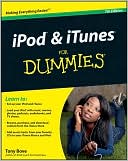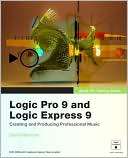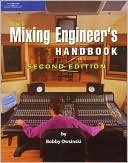Mixing Audio: Concepts, Practices and Tools
Search in google:
Mixing remains one of the most illusive arts of recording practice and can take a life time to master. Looking at practices, concepts, tools and mixing instruments the author provides a comprehensive insight to the art and science of mixing.Whether a hobbyist of professional this book covers basic concepts to advanced techniques as well as tips and tricks and is a vital read for anyone wanting to succeed in the field of mixing.The book is accompanied by the website www.mixingaudio.com, featuring a sample chapter, illustrations, audio and a user forum.* Rounded, extensive and complete coverage of music mixing* Includes a DVD with over 700 audio samples and 4 sample mixes* Covers new topics and mixing trends such as computer centred mixing Absolutely first rate. The standard of writing by Roey Izhaki, as well as the examples on the CD are just superb.—Mark Mynett, Senior Lecturer, Department of Engineering & Technology, School of Computing & Engineering, University of Huddersfield
IntroductionPart I: Concepts and PracticesMusic and mixing Music - an extremely short introduction The role and importance of the mix The perfect mix Some axioms and other gems Louder perceived better Percussives weight less Importance Natual vs. artificial Learning to mix What makes a great mixing engineer? Methods of learning Mixing analysis Reference tracks The process of mixing Mixing and the production chain The mix as a composite Where to start? Deadlocks Milestones Finalizing and stabilizing the mix Related issues How long does it take? Breaks Using solos Mono listening Bouncing Housekeeping Mix Edits Mastering Mixing domains and objectives Mixing objectives Frequency domain Level domain Stereo domain DepthPart II: ToolsMonitoring How did we get here? Choosing monitors The room factor Positioning monitors Meters Peak meters Average meters Phase meters Mixing consoles Processors vs. effects Basic signal flow Groups In-line consoles The monitor section Solos Correct gain structure The digital console Software mixers Tracks and mixer strips Routing The internal architecture Phase What is phase? Problems Tricks Faders Types Scales Working with faders Panning How stereo works? Pan controls Types of tracks Panning techniques Beyond pan pots Equalizers Applications The frequency spectrum Types and controls In practice Equalizing various instruments Introduction to dynamic range processors Dynamic Range Dynamics Dynamic Range Processors in a nutshell Compressors Principle of operation and core controls Additional controls Controls in practice Applications Tricks More on compressors Limiters Gates Controls Applications In practice Tricks Expanders Controls In practice Upward Expanders Duckers Operation and controls Applications Delays Delay basics Types In practice Applications Other modulation tools Vibrato ADT Chorus Flanging Phasing Tremolo Reverbs Applications Types Reverb programs Reverb properties and parameters Reverbs and stereo Other reverb types Reverbs in practice Distortion Distortion basics Ways to generate distortion Drum Triggering Methods of drum triggering Other tools MS Pitch shifters and harmonizers Exciters and enhancers Transient designers Automation The automation process Automation alternatives Control surfacesPart III: Sample MixesHero (rock)The Hustler (drum n' bass)Temps (hip hop)Donna Pomini (dance)AppendicesAppendix 1: Notes and frequencies Appendix 2: Delay time chart
